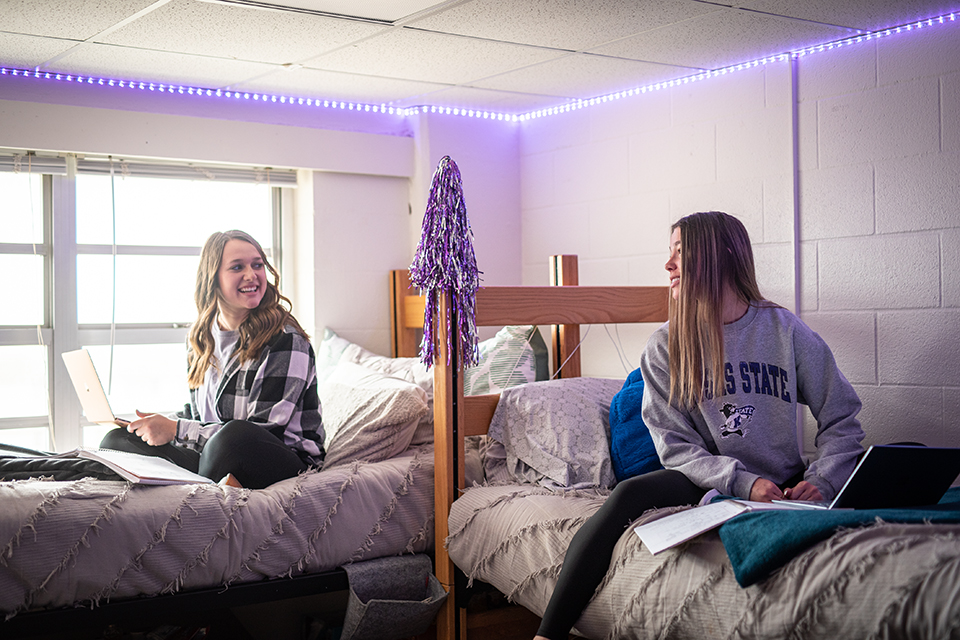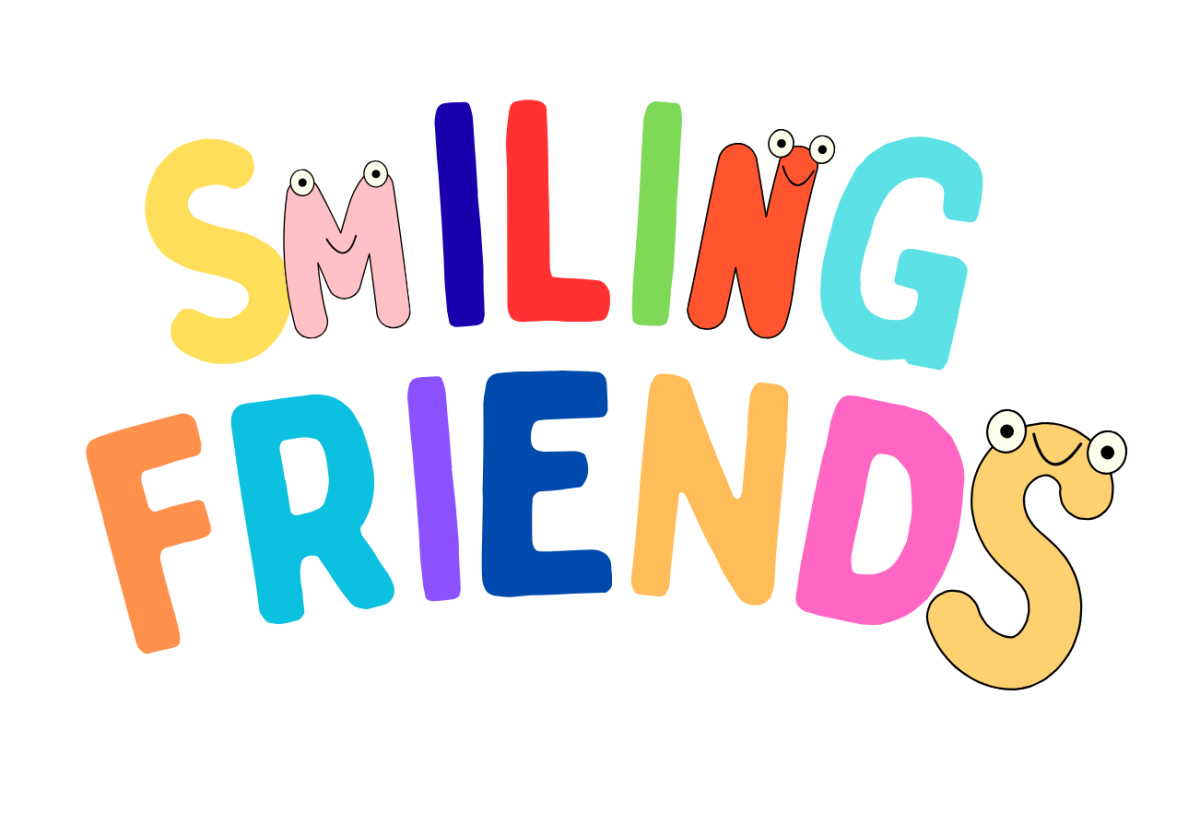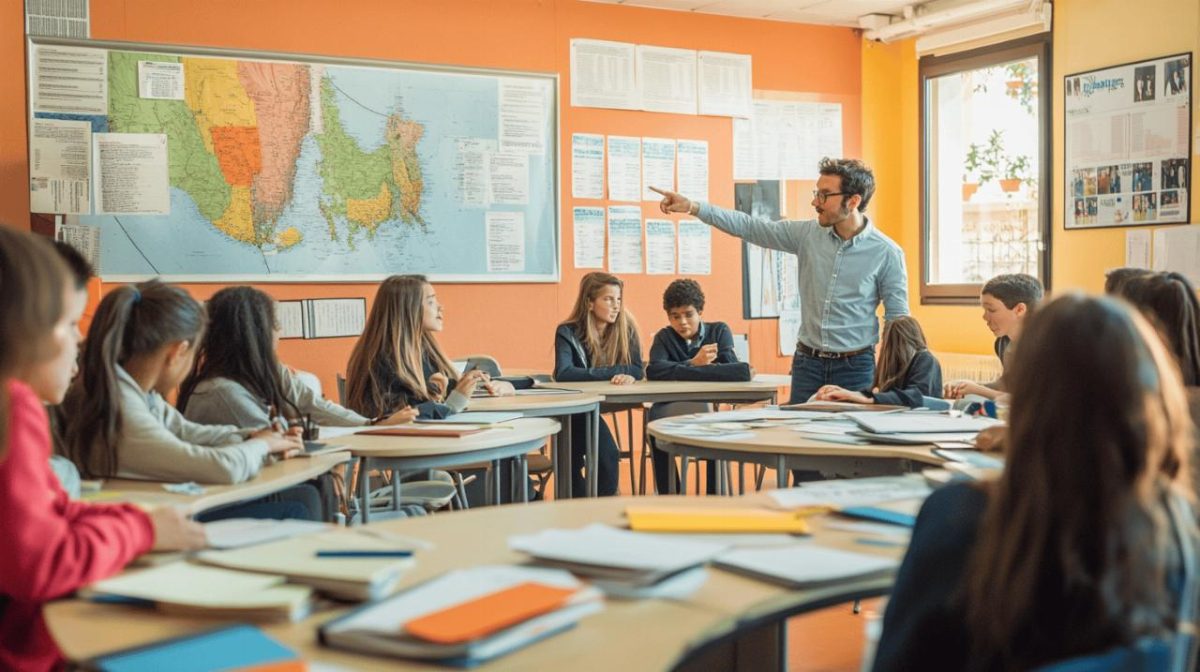Photo by Katya Wolf on Pexels
It can be a special feeling to be the one to introduce your child to musical discovery and personal growth. Teaching them how to play piano is one of the best ways to get started, as it helps boost their creative expression and cognitive ability. This transformative skill will inspire them to explore and try to understand the different notes and compositions. With consistency, it will continuously enhance their dexterity skills and spatial awareness. Here are tips to help you guide your kid in this amazing journey.
Setting the Right Environment
Beginner pianists need an encouraging environment where they feel eager to learn more about the instrument. This starts by making the right choice of instrument. You need a functional acoustic piano or a full-size digital piano for the kids that will provide the required key resistance. If your space is limited or you work with a small budget, having a quality keyboard with weighted keys can be a worthy option.
Creating a motivating and distraction-free practice space is equally important. Ensure the practice area is quiet and free from interruption. A comfortable, well-lit space with easy access to the piano or keyboards can make practice sessions more enjoyable and productive.
Teaching Methods and Resources
The choice of teaching techniques you use has a huge influence on how fast they grasp the concept. Evaluate every method and what it tries to emphasize. For instance, the Suzuki method focuses on ear training and listening. The Alfred method may be a good pick if you are looking for an option with more interactive materials and clear progression.
Enrolling them in music school like South Shore Piano School, where they’ll get structured training, is also a good idea. These centers have qualified piano teachers or tutors who will offer more personalized guidance. This will help your kid learn at their own pace.
Complement the traditional lessons with some online resources. Look for relevant sites like Pianote or intuitive apps such as Simply Piano to connect the kid to more interactive tutorials. YouTube also has many channels dedicated to teaching piano to children, offering a wealth of visual and auditory aids.
Encourage Consistent Practise
Consistent motivation for practicing the piano requires sensitive and wise strategies for children. Make practice a part of your child’s daily routine, as even 20 to 30 minutes of focus practice can yield significant progress over time.
Keep motivation high by setting achievable goals and celebrating intermediate steps toward them. For example, incentives like earning extra screen time or favorite treat can be very motivating. Including fun activities to keep things interesting is essential. Fun games include flashcard challenges or rhythm-clapping games that emphasize musical concepts.
Overcoming Challenges
Addressing common obstacles in learning the musical instrument, such as frustration and perceived lack of progress, is essential to maintaining motivation. In such situations, steps must be small enough to make tasks manageable.
Communication and support are important, so talk about how they feel about their practice often and listen to their concerns. It is always good to provide constructive feedback and, if possible, some form of reassurance in times of difficulty. Acknowledge milestones and successes, even minor ones. Celebrations may vary from verbal praise to a simple certificate or a small token.
Endnote
The key to helping your child play the piano is supporting them by choosing an appropriate instrument and following a practice schedule. The musical skills they receive will lead to long-term benefits that go beyond just playing the piano. This enriches their cognitive development, discipline, and creativity.






























































































































